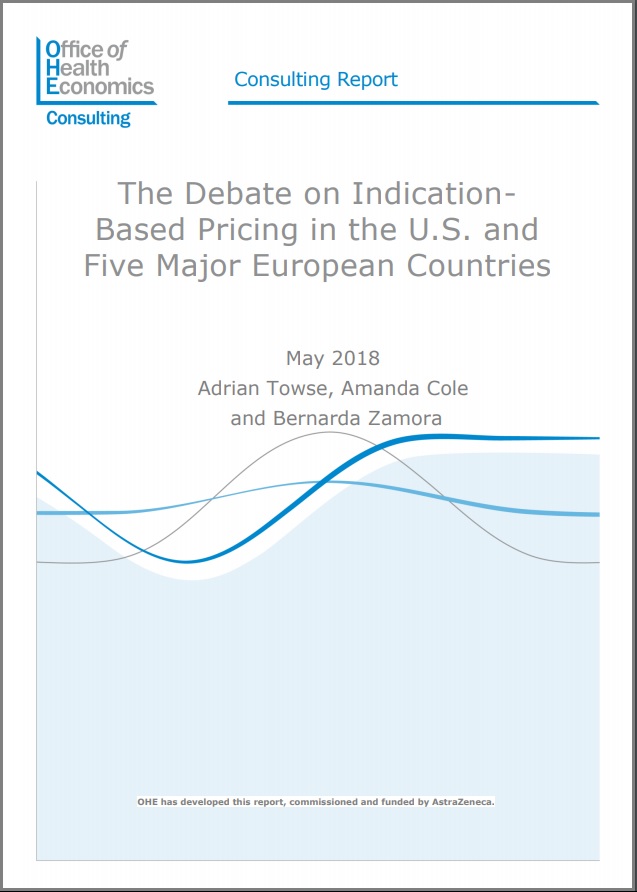The notion that the price of a medicine should be linked in some way to value it generates for patients and the health system is generally…
The notion that the price of a medicine should be linked in some way to value it generates for patients and the health system is generally accepted. Yet, how can this be achieved, when increasingly medicines are being developed that derive patient benefit across many different indications? Indication-based pricing (IBP) has been proposed as a way to tackle this issue, permitting price to vary according to indication and – critically – according to value.
The notion that the price of a medicine should be linked in some way to value it generates for patients and the health system is generally accepted. Yet, how can this be achieved, when increasingly medicines are being developed that derive patient benefit across many different indications? Indication-based pricing (IBP) has been proposed as a way to tackle this issue, permitting price to vary according to indication and – critically – according to value.
The notion that the price of a medicine should be linked in some way to value it generates for patients and the health system is generally accepted. Yet, how can this be achieved, when increasingly medicines are being developed that derive patient benefit across many different indications? Indication-based pricing (IBP) has been proposed as a way to tackle this issue, permitting price to vary according to indication and – critically – according to value.
This OHE Consulting report, funded by AstraZeneca, provides an overview of the key literature that has contributed to this debate, and of how IBP has been implemented – in its various forms – to date in the U.S., France, Germany, Italy, Spain and the UK.
IBP increases the potential number of patients who can benefit from a medicine and thus most economists regard it as efficient. It also sends the right signals for R&D investment. Differences of opinion remain, however, as to whether IBP is in the interests of payers. IBP may lead to some prices being higher than with a uniform price, as well as some prices being lower. The value at which prices are currently set in a single-price system will impact on the consequences of a move to a multiple-price system. A number of US payers see the potential for IBP to increase price competition in some indications, and the NHSE in England has used contracting by genotype in Hep C drug procurement to increase competition and help it get lower prices.
The literature evaluated as part of this report demonstrates that most of the debate is in the realms of theory, with little evidence in practice. The barriers are numerous. These include legal or regulatory hurdles, data collection problems, as well as contractual or financial flow issues.



